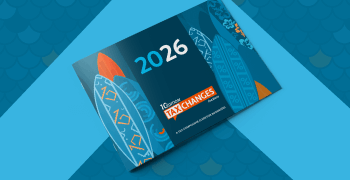
4 ecommerce best practices for the holiday season
Projections suggest the 2019 holiday season will be historic. With last year’s total U.S. holiday expenditures clocking at roughly $997 billion, the trillion-dollar mark could be crossed with relative ease. With that in mind, let’s explore some of the best ways for your ecommerce solution to help capture the heightened demand of the holiday season.
1) Prepare. Give yourself ample time to prepare back-end development ahead of the holidays. Attempting to deploy, push code, or make major structural changes during the holiday rush will stress your ecommerce infrastructure. Your structures should be in place long before the spike in holiday demand in order to ride the heightened wave of shoppersi. This is especially important for mobile ecommerce: Given that over a third of online purchases during the holiday season are made on mobile phones, an ill-equipped mobile website can lead to many missed opportunities.
2) Improve customer experience. Develop a responsive and rapid customer experience (CX) — it’s essential. While your fulfillment may be taxed during the busy holiday season, great CX can be a valuable counterweight. A seamless online shopping experience, timely customer support, and speedy shipping options will keep your customers content.
3) Provide options. Fewer days of holiday shopping translates to more scrambling to scratch gifts off lists. If possible, give customers the option to buy online and pick up in store (BOPIS). Not having to wonder if the delivery truck will show up in time greatly eases some minds and improves the overall CX.
4) Remember remote sales tax. During the 2018 holiday shopping season, 19 states had a remote sales tax collection requirement. This year, 42 states and the District of Columbia require remote sellers that do a certain amount of sales in the state to register and collect. Retailers that existed comfortably under remote sales thresholds last month are at risk of crossing them in the coming weeks. Familiarize yourself with the different states’ collection requirements for out-of-state sellers.

Avalara Tax Changes 2026 is here
The 10th edition of our annual report engagingly breaks down key policies related to sales tax, tariffs, and VAT.
Stay up to date
Sign up for our free newsletter and stay up to date with the latest tax news.














